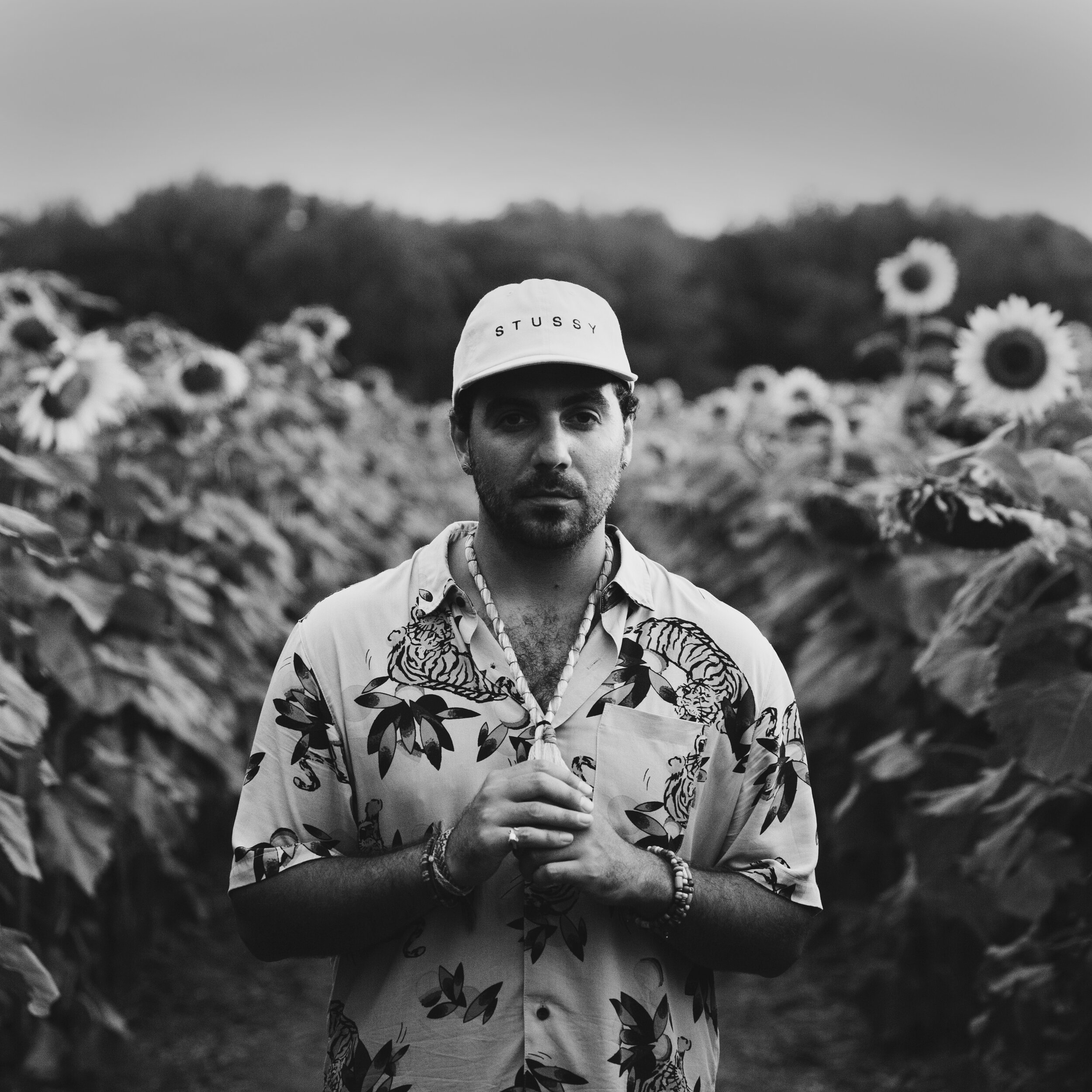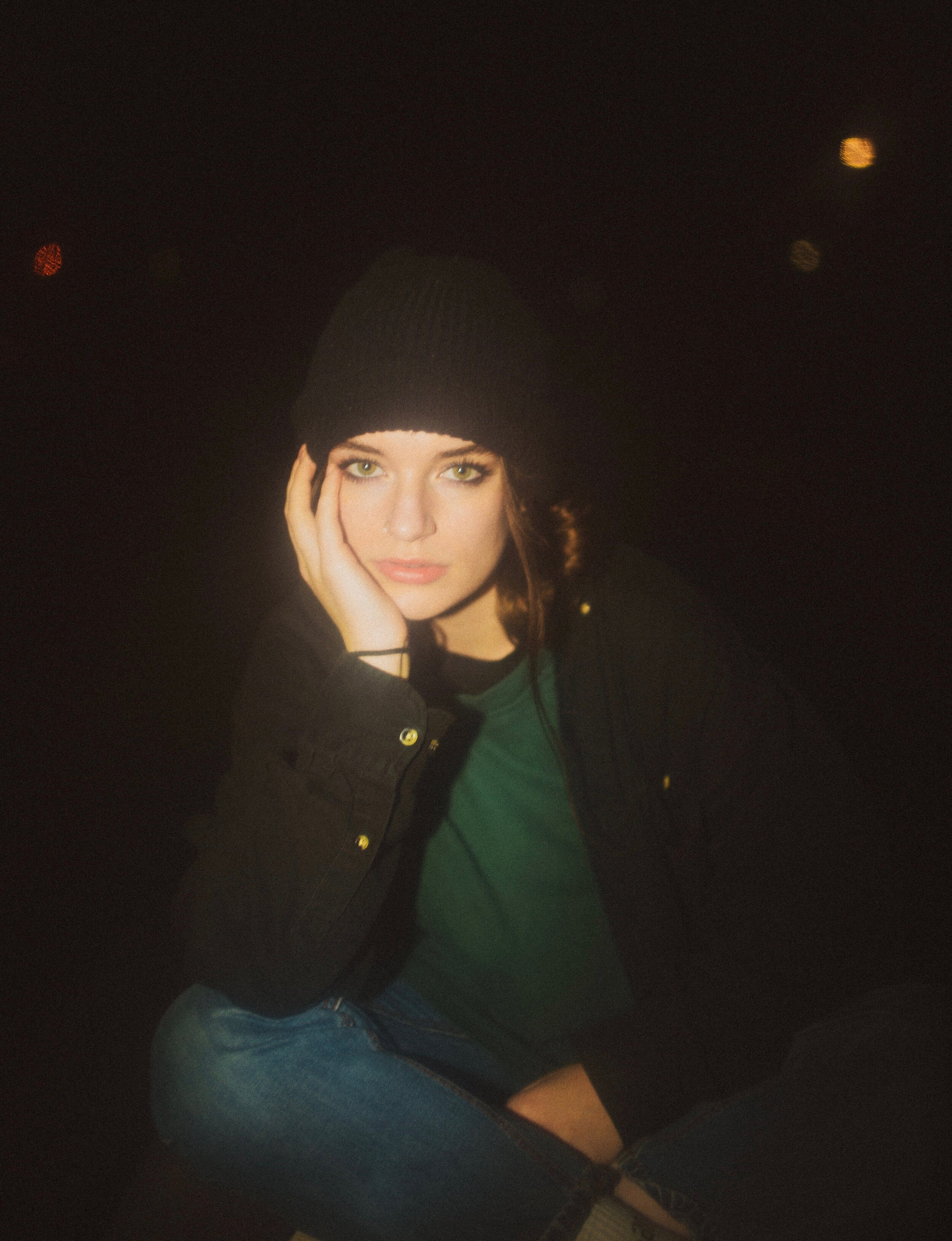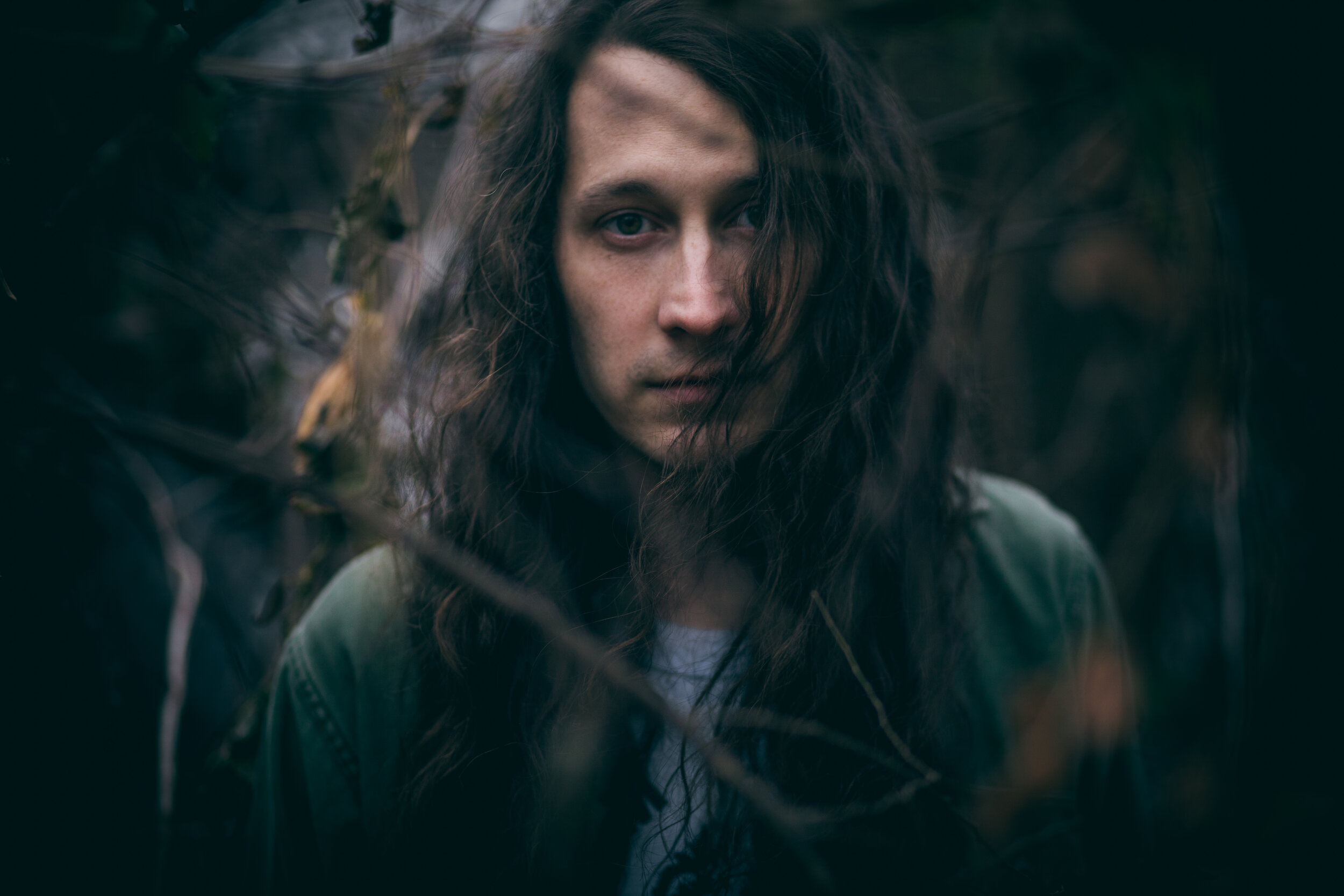by mariah estran
photo courtesy of benny freestyles
Back in September, rapper Benny Freestyles released a wondrous music video for his recent single "Slow Motion." The two and a quarter minute visual mixes picturesque desert landscapes and previous live show footage cast in a trippy hue effect. It is imagery that continues to express the musician’s uplifting message on truth, love, and freedom.
We spoke with Benny Freestyles about his inspiration behind "Slow Motion," staying positive in his music, and how he continues to create new singles weekly.
You’ve recently released the track “Slow Motion,” what was the story behind this song?
Benny: “‘Slow Motion’ is inspired by the song ‘I Love You Always Forever’ by Donna Lewis. It is one of my all-time favorite songs. I wrote the song about my long term girlfriend and love of my life.”
You created a beautiful music video for “Slow Motion!” What inspired you to create this film?
B: “For this particular video, we wanted to add elements into the visual in a way we never have before. We used real-life iPhone footage, animation, pictures, and a unique editing flow to create a style different from our usual cinematic look.”
You’ve been all about releasing new singles! I saw on Instagram that you’re putting out a song every Friday. What has the creative process been like for you?
B: “Making music is the easy part of all of this. I am constantly producing and writing new music. It is what I focus the majority of my time on. It is something I enjoy doing and I am growing with it every day.”
Each song has this great uplifting energy, and listeners are saying the same thing. When it comes to your songwriting, do you like to showcase a positive outlook that will inspire others?
B: “Yes my music has changed through time, but one thing that has stayed the same is my message. I bring positivity, truth, and love into all of my music.
photo courtesy of benny freestyles
Will there be an upcoming EP in the works as you continue to release these singles?
B: “Right now I am focused on releasing a single each Friday, I have no plans for a body of work at the moment.”
Lastly, can fans expect another great video to go along with another track sometime soon?
B: “We are constantly working on new videos and always have something lined up. Lots of new creations on the way!”






